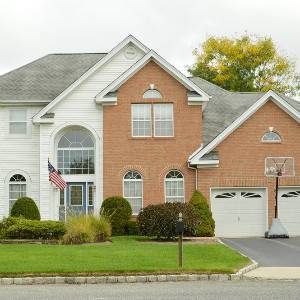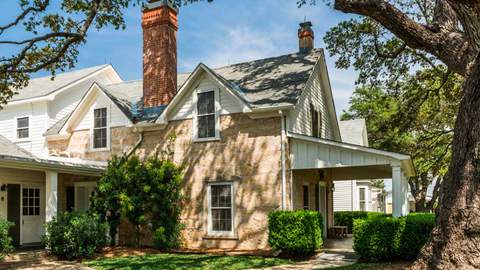Freddie Mac survived the recent housing crisis and is poised to help homeowners
 Freddie Mac was established in 1970 by the U.S. Congress to help stabilize the mortgage market and provide opportunities for home financing. By funding lenders who offer mortgages, Freddie Mac helps to provide the liquidity necessary to keep the mortgage market operating as consistently as possible. However, due to difficulties in the markets, Freddie Mac was forced into conservatorship in September of 2008 and began operating with oversight from the Federal Housing Finance Agency.
Freddie Mac was established in 1970 by the U.S. Congress to help stabilize the mortgage market and provide opportunities for home financing. By funding lenders who offer mortgages, Freddie Mac helps to provide the liquidity necessary to keep the mortgage market operating as consistently as possible. However, due to difficulties in the markets, Freddie Mac was forced into conservatorship in September of 2008 and began operating with oversight from the Federal Housing Finance Agency.
To directly aid potential or present homeowners, Freddie Mac currently uses a system of mortgage securitization to provide direct funding for Freddie Mac loans. The securitization process is one in which Freddie Mac purchases existing home loans originated by lenders and then uses the loans to create mortgage securities for sale on the capital markets. The money earned through the sale of the securities is then used to fund lenders.
 The value of these securities is based on payments received by the mortgage borrowers. Payments are guaranteed by Freddie Mac itself to ensure that investors who purchase the securities aren't unduly affected should the homeowners involved default on their payments.
The value of these securities is based on payments received by the mortgage borrowers. Payments are guaranteed by Freddie Mac itself to ensure that investors who purchase the securities aren't unduly affected should the homeowners involved default on their payments.
Freddie Mac mortgages are limited in the amount that can be guaranteed by the company. In 2012, the mortgage ceiling for Freddie Mac was $417,000 throughout most of the nation, with a possible ceiling of $625,000 in areas that were determined to be high-cost locations. The majority of the loans backed by Freddie Mac are fixed-rate mortgages, usually set for 30 years.
In its purview of extending loans to as many Americans as possible, Freddie Mac often offers favorable loan terms, including low down payments and competitive interest rates. In the first week of February 2013, for example, the average interest rate offered was only 3.53 percent, with upfront lender fees of 0.8 percent. The 30-year rate was up slightly from the low of 3.31 percent seen in the fall of 2012.
 With its partnerships with Fannie Mae and the Federal Housing Administration (FHA), Freddie Mac is part of a trio of agencies guaranteeing approximately 90 percent of new home loans issued in the U.S.
With its partnerships with Fannie Mae and the Federal Housing Administration (FHA), Freddie Mac is part of a trio of agencies guaranteeing approximately 90 percent of new home loans issued in the U.S.
This high level of support is unlikely to continue, as the company has been heavily restricted during its conservatorship. The portfolio of the firm has shrunk, giving it less funds to provide lenders, and the profits that once went into further financing have been redirected to repay monies received from the federal government through a $72 billion bailout provided by the Treasury. The proposed reductions would see the combined mortgage holdings of Freddie Mac and Fannie Mae reduced to $250 billion by 2018, down from $1.5 trillion in 2012.
(To learn more about Freddie Mac, its programs and services, click here .)
While Freddie Mac currently backs millions of homeowner mortgages, there is continued pressure on the federal government to attempt to reduce its involvement in backing mortgages. If you have or have been considering a federally backed home loan, it will serve you well to have an experienced guide in your corner. RealtyNow can help by connecting you to local real estate professionals who can assist you.
















Write a Comment